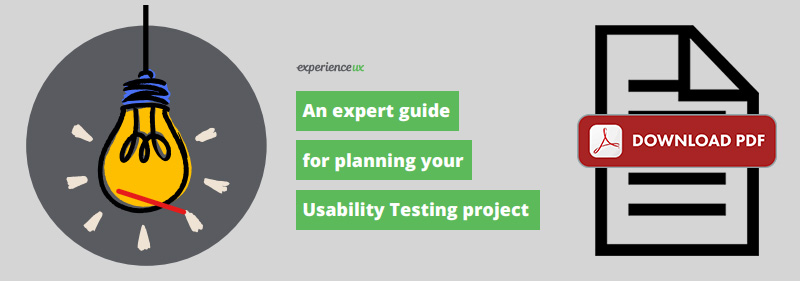Capturing user requirements is essential to good UX
A user requirements capture is a research exercise that is undertaken early in a project life-cycle to establish and qualify the scope of the project. The aim of the research is to understand the service from a user’s perspective, and to establish users’ common needs and expectations. The user requirements capture is useful for projects that have a lack of focus or to validate the existing project scope. The research provides an independent user perspective when a project has been created purely to fulfil a business need. The requirements capture findings are then used to balance the business goals with the user needs to ensure the project is a success.
The user requirement capture project can include many different usability research methodologies including: surveys, structured and unstructured interviews, usability tests, and competitor analysis. Typically, the research is undertaken on a one-to-one basis between a usability consultant and an end user, with an average user requirements capture project including up to 15 one-to-one interviews.
Advantages of user requirements capture
The main advantages of a user requirements capture is the saving of time and money by validating the scope of a project against its users’ needs and expectations before any work begins. This in turn mitigates the risk of the project launching and failing to meet its objectives (increased online conversion, registrations, visits, etc.). The research will also uncover critical information to improve the end result by answering questions such as; Is the current target audience realistic? Can the project be more successful with a different focus? And is the project worth investing in? There is also an important intangible benefit where the project team gains a deep insight into users and their needs at the very beginning, allowing them to remain focused on serving users throughout the duration of the project.
Disadvantages
A user requirements capture will increase the time of the planning phase, which can be a frustration if the project team is keen to get cracking. However, this time is easily saved later in the project due to making quicker, more informed decisions based on user needs. The research can also highlight a conflict in different users’ needs and expectations, which may require a user experience consultant to work with the team on making sense of the conflict and isolating a solution. As this method requires experienced user research professionals to ensure they capture true user requirements rather than unfocused conjecture and opinion, it can add an unexpected cost to the start of a project.
Conclusion
Despite the potential costs incurred early in the project life-cycle, a user requirements capture is an essential tool for any project which interfaces between the business and its users. Understanding user needs and requirements at the beginning of the project helps ensure the product is fully adopted by its users, leading to business success, and in more extreme cases a user requirements capture can save a business from investing time and money in a product which is not required by the target audience.
You may also like







